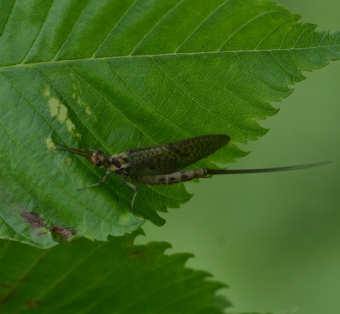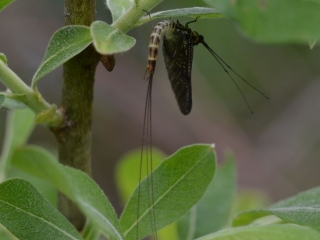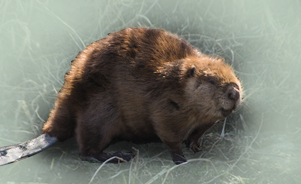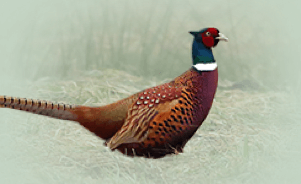Green drake Ephemera danica

Features
One-dayers. The wingspan reaches 35 to 45 mm in width. It appears from May to September.
| Species | Insect |
| Living space | Lake, Pond, Streams, Swamp |
| Size | 35-45 mm (wingspan) |
Description
Ephemera danica can reach an imago size of 15–20 mm in males, while females are larger, reaching 16–25 mm. This mayfly, with its characteristic markings and three tails (Cerci), is the most commonly seen of British Ephemeridae. Imago wings are translucent with dark veining, while in subimago they are dull and yellowish with brown veins. Moreover, forelegs and the tails of the spinners are very much longer than in duns. Mouthparts are non-functional, as adults do not feed. These insects are part of the aerial plankton and usually they are food for swallows, trouts and many amphibians and spiders. The life cycle usually takes one or two years, but sometimes the developing nymphal forms may last for up to three years. Nymphs can reach about 30 millimetres of length. They dig tunnels into the gravel in the beds of rivers and feed by filtering organic detritus. They emerge in Spring and move towards shallow waters. Females fly on the surface of the water, dip the abdomen onto the surface and lay the eggs. At the end of this process females fall on to the surface and die.Green drake
on the habitat Temenica

Features Temenica (3)
SPECIAL ogr.





